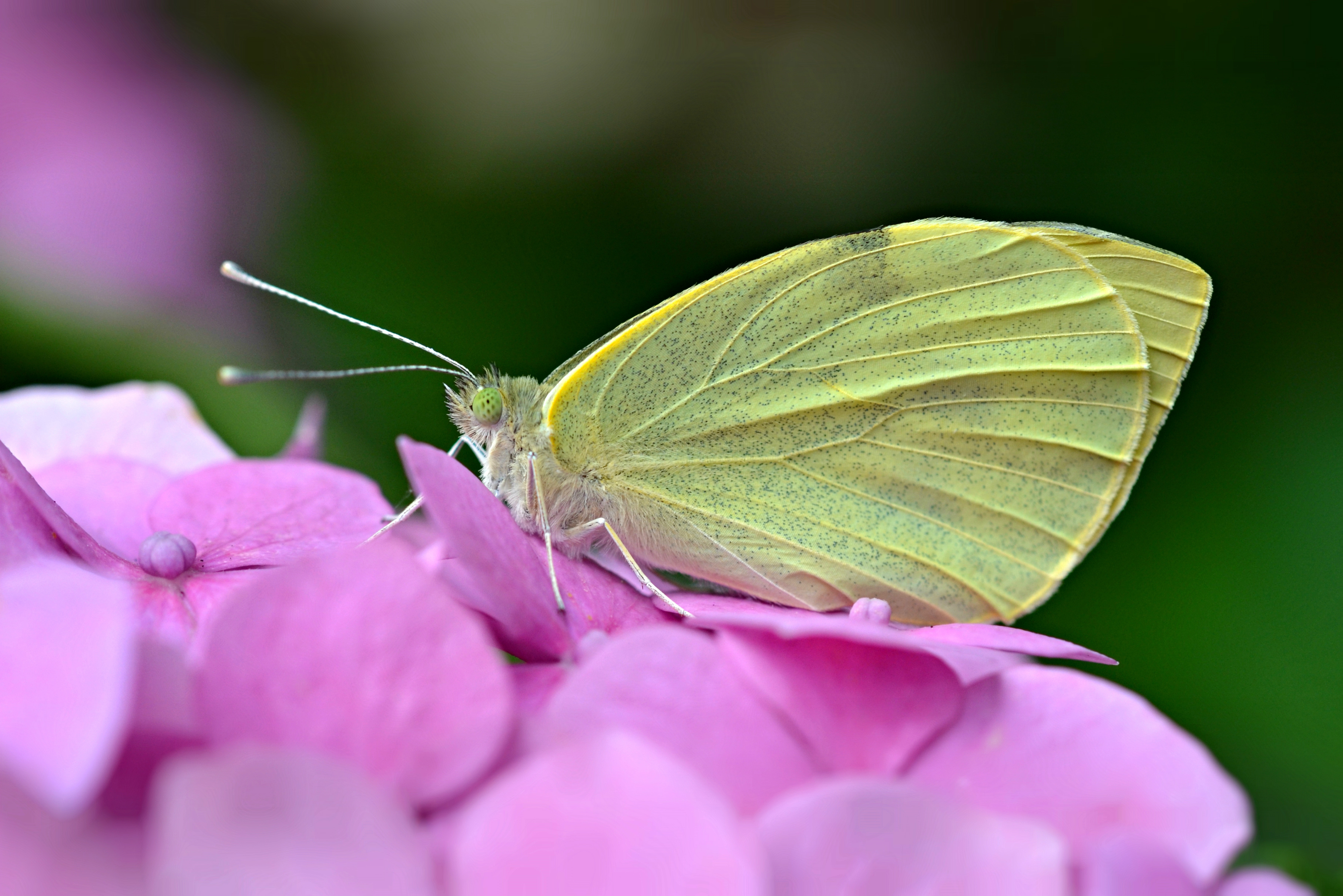Seed harvesting is a cost effective way of preserving and increasing your stock of plants. Any surplus can be shared or swapped with friends or family.
Seed can be saved from many plants including trees, shrubs, annuals, biennials, perennials, alpines, herbs, shrubs, trees and bulbous plants. Some plants are sterile and cannot set seed. Many garden plants are hybrids (plants with mixed parentage) and may not produce seed true to the parent plant. Seeds come in many different forms and coverings, depending on their method of dispersal, for example: berries, capsules, catkins, exploding seedheads, nuts, pods and winged seeds.
For plants to produce seeds, the flower must be pollinated. Some plants can pollinate themselves but many are pollinated by either the wind or insects such as bees, butterflies and moths. The insects are attracted to colourful or scented flowers for their nectar and subsequently transfer pollen as they move from plant to plant. This enables fertilisation to take place and seeds to be formed.
How to collect seed
 Different seeds require different harvesting and saving methods so this needs planning through the year. Usually deadheading is recommended to prolong flowering but obviously you must leave flowerheads on plants from which you want to collect seeds. These plants must be healthy and vigorous to help ensure that the seeds are viable (able to germinate and grow) and produce good quality seedlings and plants.
Different seeds require different harvesting and saving methods so this needs planning through the year. Usually deadheading is recommended to prolong flowering but obviously you must leave flowerheads on plants from which you want to collect seeds. These plants must be healthy and vigorous to help ensure that the seeds are viable (able to germinate and grow) and produce good quality seedlings and plants.
It is best to collect seedheads in paper (not plastic) bags, at midday during warm, dry weather. Seedheads must be watched carefully in order to collect the seed when ripe but before dispersal. Often the seed or seed capsules change colour from green to brown and feel dry. Immature seeds of many species will not germinate.
Storing seeds
The length of time that a seed stays viable reduces with storage and varies from plant to plant. Some seeds can be kept for years but others are best sown immediately. Seeds can be kept until the most suitable time of the year for sowing – often spring or autumn. Viability will be helped by preparing and storing the seeds correctly. After harvesting, the seeds must be dried, for example by spreading out on paper for a few days, as they will rot if stored damp. Any surrounding material, which could harbour moulds, pests and diseases, should be removed.
The seeds should be placed into paper (not plastic) bags or envelopes so that any residual moisture is not trapped. Before filling, label the envelopes with the date, plant name (common and scientific) and any other useful details. Place the labelled packets in an airtight container in a cool, dark, dry place, for example the fridge (separate from food).
Seeds to collect now
The following nectar plants for butterflies and moths will self-seed or the seed can be collected now:
White or Red Valerian Centranthus ruber can have white, maroon or rose-coloured flowers from May to October. The seeds have little parachutes similar to those on Dandelions. Collected seed can be sown between April and June where it is to flower. Alternatively, this perennial will happily self-seed around the original plant, especially into dry places such as a gravel garden. The many plants which pop up are very popular with pollinators. The white flowers are visited by Silver Y moths at dusk and butterflies including Painted Lady, Comma and Large and Small White in the sunshine.
Coneflower Echinacea purpurea is a perennial which flowers from midsummer to October.
Cut off a few mature flowerheads with long stems and put into a paper bag, tied around the stems. Hang the bag upside down indoors until the seeds are released. Direct sow where the plants are to grow in September or March.
Mexican Fleabane Erigeron karvinskianus has small daisy-like flowers from May to November. This perennial will gently self-seed into nooks and crannies if you don’t collect the seed.
Pot Marigold Calendula officinalis is an annual with orange flowers from June to October. When the seedheads have developed fully, remove them from the plant and lay them on a sheet of paper indoors to dry for a few days. Once dry, separate the seeds from the seedhead. Sow in the garden this month or store until March-May.
Other seeds to collect throughout the year
- Chives Allium schoenoprasum. This bulbous herb flowers from July to August. Shiny black seeds will easily come out of the papery capsules in the dried flowerhead.
- Annuals such as Cornflower Centaurea cyanus, which has blue flowers from June to August.
- Biennials such as Honesty Lunaria annua and Sweet Rocket Hesperis matronalis (pale lilac flowers from May to June) along with Foxgloves Digitalis purpurea (pink or white flower spikes from June to July) and Evening Primrose Oenothera biennis (fragrant yellow flowers from July to September).
- The perennial Greater Knapweed Centaurea scabiosa has lilac-pink flowers from July to September.
A useful book is Seedswap: The gardener’s guide to saving and swapping seeds by Josie Jeffery, in association with Kew Royal Botanic Gardens.
Let us know which seeds you like to save and swap.
Happy Gardening!
The Secret Gardener


